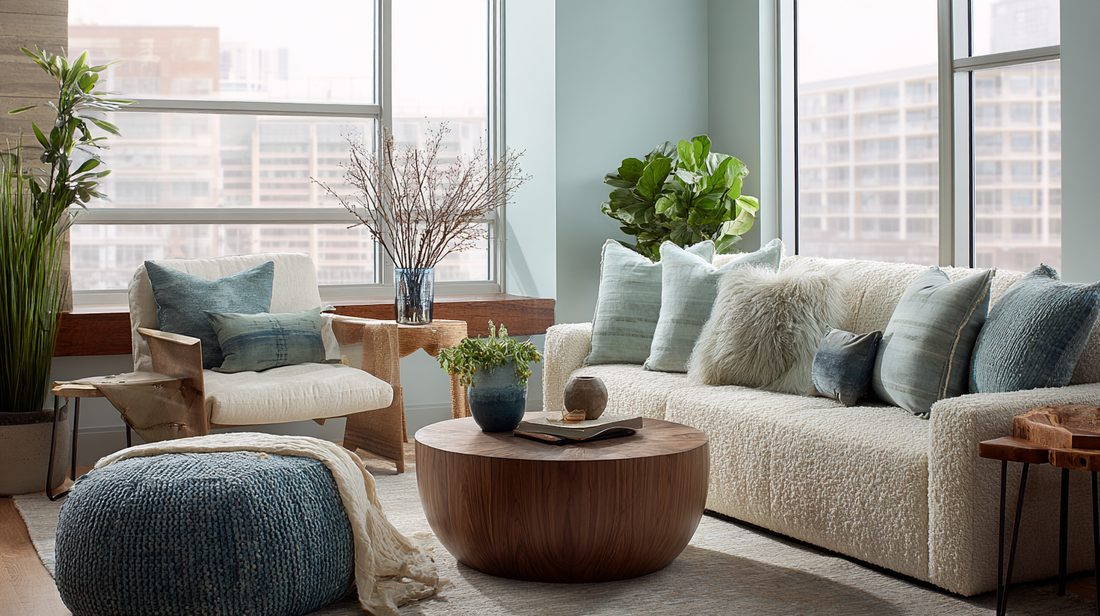
Creating Harmony with Analogous Colors
Share
Creating Harmony with Analogous Colors
When it comes to designing a space, one of the most important elements to consider is color. The colors you choose can greatly impact the overall mood and atmosphere of a room. This is why it’s crucial to carefully select a color scheme that will create the desired effect. One popular and effective way to achieve a serene and polished look is by using analogous colors. In this blog post, we will explore what analogous colors are and how to use them to create harmony in your space.
Understanding Analogous Colors
Analogous colors are a group of colors that are adjacent to each other on the color wheel. This means that they share a common color and are similar in hue. For example, blue, blue-green, and green are all considered analogous colors because they are next to each other on the color wheel.
Using analogous colors in a space can create a sense of harmony and cohesion. This is because the colors are closely related and therefore, naturally complement each other. When used correctly, analogous colors can create a serene and polished look, making them a popular choice for interior design.
Choosing the Right Analogous Colors
When working with analogous colors, it’s important to choose the right shades to create the desired effect. Here are a few tips to keep in mind:
- Stick to 2-3 colors: While analogous colors are a group of adjacent shades, it’s best to stick to using 2-3 of them in a space. Using too many analogous colors can make the room feel overwhelming and chaotic.
- Consider the dominant color: When selecting your analogous colors, consider which color will be the dominant one. This will help you determine the right balance and placement for the other colors in the space.
- Experiment with different shades: Analogous colors don’t have to be the exact same hue. You can play around with different shades to create depth and interest in the room. For example, a light blue, medium blue, and dark blue can all be considered analogous colors and can be used to add dimension to a space.
Incorporating Analogous Colors in Your Space
Now that you understand what analogous colors are and how to choose the right ones, it’s time to incorporate them into your space. Here are a few ways to do so:
- Use a monochromatic color scheme: A monochromatic color scheme is when you use different shades of the same color. By using analogous colors in a monochromatic color scheme, you can create a cohesive and calming look in your space.
- Try an accent wall: If you want to add a pop of color to your space, consider painting one wall in an analogous color. This will add interest and depth to the room without overwhelming it.
- Use analogous colors in your décor: Another way to incorporate analogous colors in your space is through your décor. For example, you can use a blue rug, green throw pillows, and a blue-green vase to add a touch of harmony to your room.
By understanding what analogous colors are and how to use them, you can create a serene and polished look in your space. So why not give it a try and see the difference it can make in your home?
Ready to incorporate analogous colors into your space? Explore My Color Den’s color collection for a variety of beautiful shades that will help you achieve the perfect color scheme for your home. From calming blues to refreshing greens, we have the perfect shades for creating harmony in your space. Explore My Color Den
